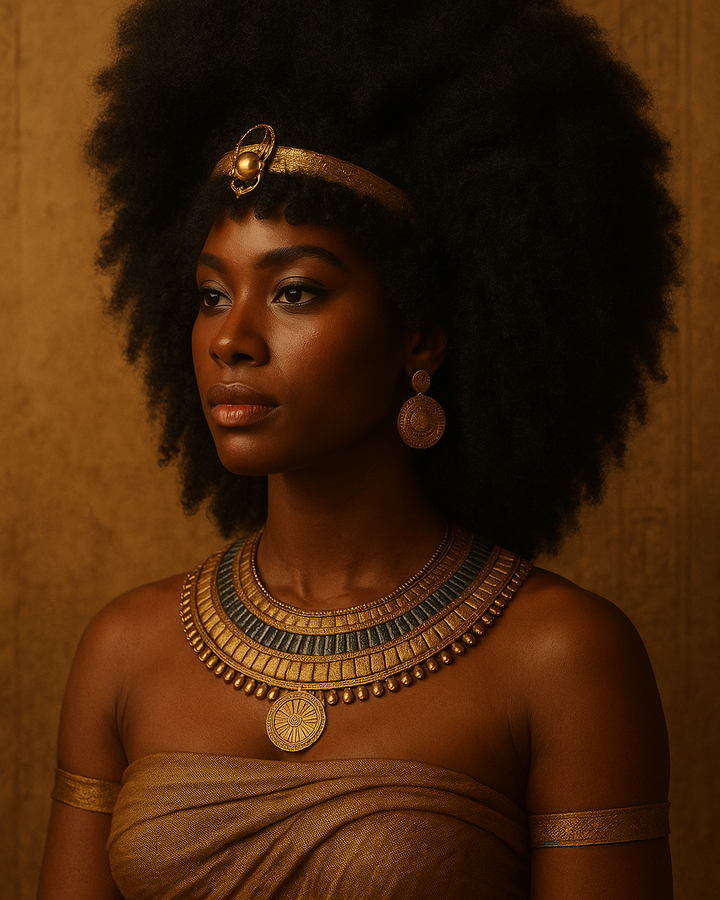- free shipping
- Summer Best Sale Get $50 Off!
- 15% off - 30% off - 40% off - 50% off

Where does the story of wigs begin?
The art of the wig goes back to ancient times. In Ancient Egypt, both men and women wore wigs to protect themselves from the scorching desert sun and to display their social status. Pharaohs and queens like Nefertiti or Cleopatra wore impressive hairstyles adorned with beads and jewelry.
These wigs symbolized royalty, power, and identity. They were carefully crafted from natural hair, and sometimes from wool or plant fibers.
But for the African diaspora, hair has always held an even deeper meaning. In pre-colonial times, each hairstyle carried significance: tribe, marital status, wealth, or even resistance. During the transatlantic slave trade, braids were sometimes used as secret maps for escape routes.
Later, in the United States, wigs took on a new dimension: they became a tool to protect natural hair, especially in the face of dominant beauty standards that long devalued afro-textured hair. Today, wearing a wig is no longer a constraint but a choice — a bold statement of self, a way to explore every side of your beauty while caring for your natural crown.


























